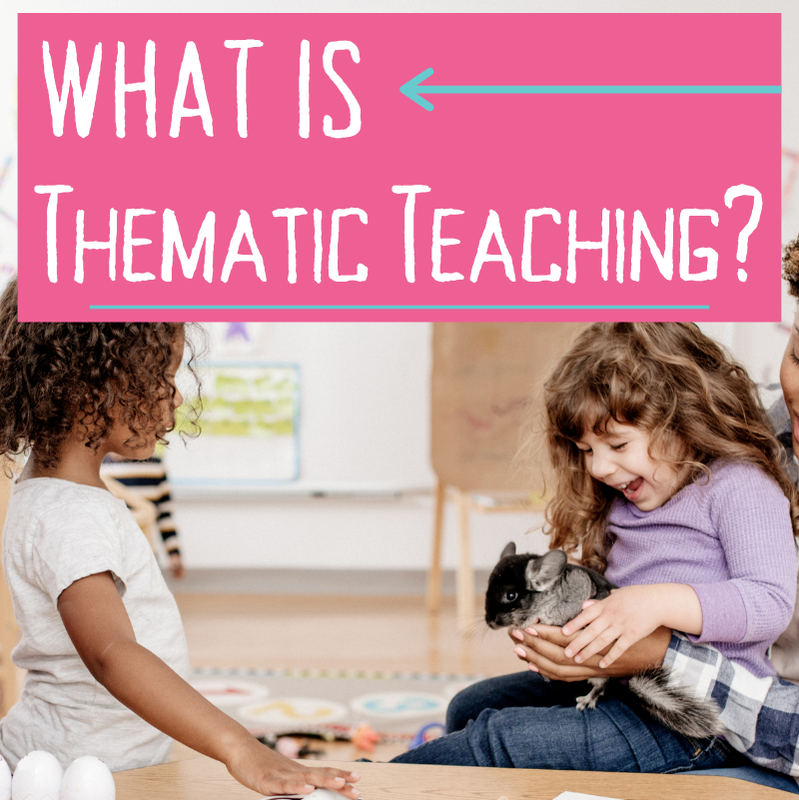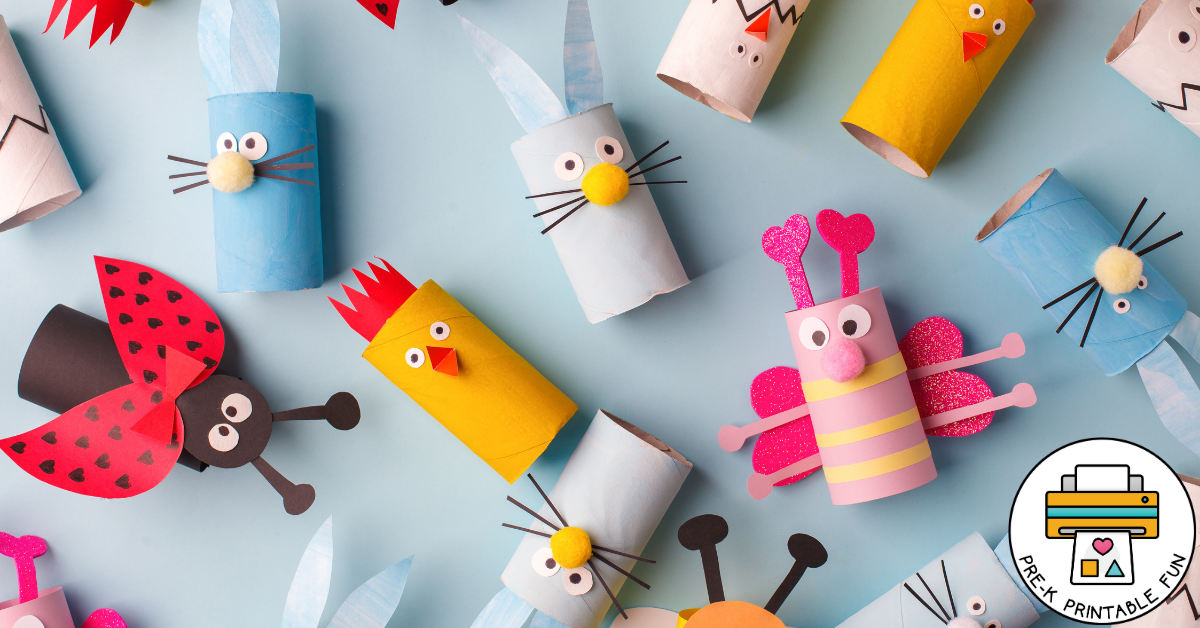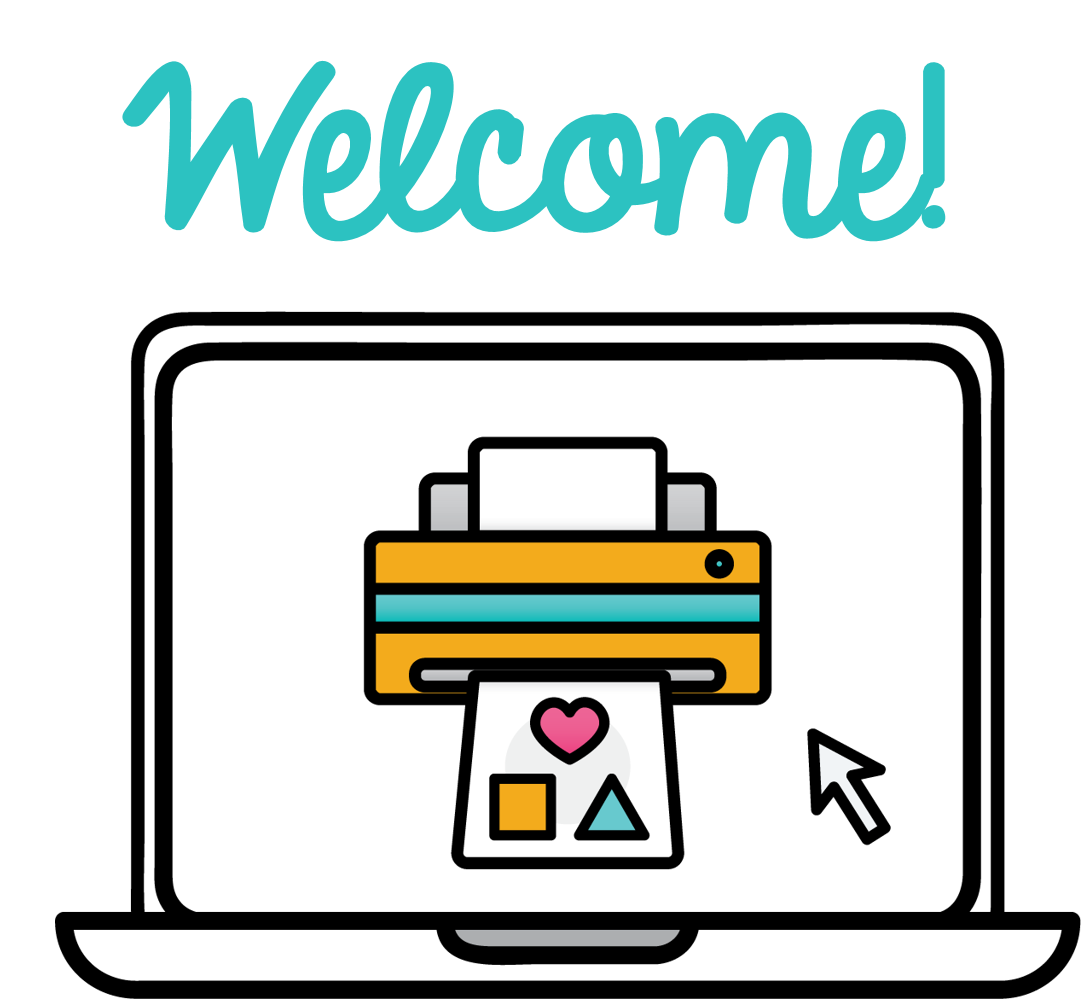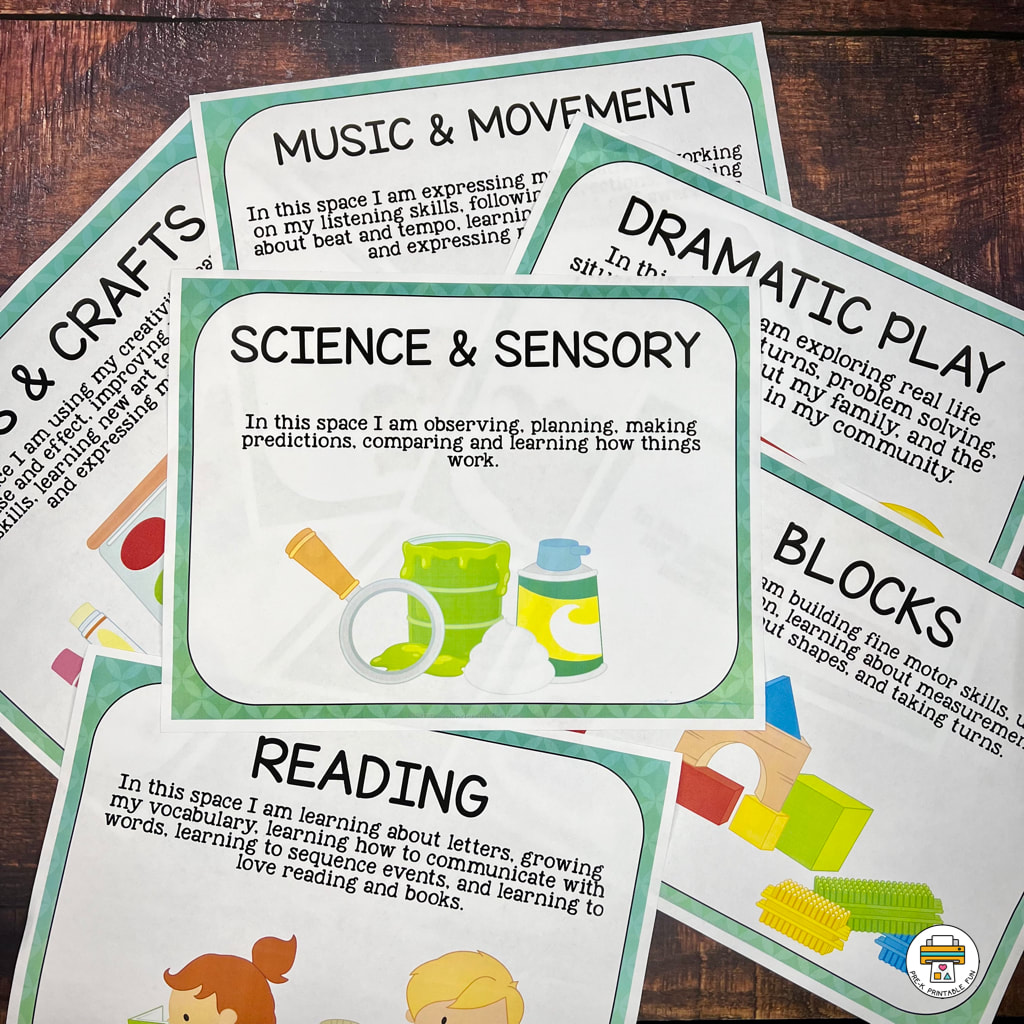What is Thematic Teaching?If you've been on the early childhood education scene for any amount of time, then you've probably heard the word theme quite a bit. Using them to teach early learners is wonderful, but suppose you've never quite understood what thematic teaching is, let alone how to do it. Keep reading to learn the ins and outs of this teaching style and how it can change the way you see learning altogether. What is thematic teaching?Also known as thematic instruction, this method of teaching involves choosing a specific topic to teach one (or more) concept(s). The theme chosen is then demonstrated using a variety of information and resources. Thematic teaching is based on the idea that kids learn best through holistic, real-life experiences. That is what makes this form of teaching (and learning) most unique! Instead of focusing on rote learning and memorization, kids are able to make better connections with concepts explored because of daily life examples and experiences. Benefits to using a thematic approach There are many benefits to using a thematic approach in preschool. One of the main benefits is that it can help children develop a deeper understanding of a particular topic. By exploring a theme in depth, children are able to connect the different pieces of information they learn, which can help them remember and apply what they have learned. Another benefit of preschool thematic teaching is that it can help children develop a love of learning. By engaging children in activities that are interesting and relevant to their lives, teachers can help foster a sense of curiosity and enthusiasm for learning. Preschool thematic teaching can also help children develop important social skills. By working together on projects and activities related to a particular theme, children can learn to collaborate and communicate effectively with others. Implementing a Thematic Approach in your Program In order to implement a successful preschool thematic teaching program, it is important to choose themes that are developmentally appropriate for the age group being taught. Themes should be relevant to children's lives and interests, and should be flexible enough to allow for a variety of activities and learning experiences. One common approach to preschool thematic teaching is to use a weekly theme. Each week, teachers introduce a new theme and plan activities and projects related to that theme. For example, a theme might be "animals," and activities might include reading books about animals, making animal crafts, and visiting a local zoo. Educators incorporate a theme into all aspects of the curriculum, including math, science, and language arts. For example, a theme might be "community helpers," and math activities might involve counting and sorting objects related to different community helpers, while language arts activities might involve reading books about community helpers and writing stories about what it would be like to be a community helper. Regardless of the approach used, preschool thematic teaching should be designed to be engaging and fun for children. Teachers should use a variety of activities and materials to keep children interested and motivated, and should allow for plenty of hands-on learning experiences. In addition to classroom activities, preschool thematic teaching can also involve field trips and guest speakers. For example, if the theme is "transportation," a field trip to a local airport or train station might be planned, or a guest speaker who works in the transportation industry might be invited to speak to the class. When planning a preschool thematic teaching program, it is important to involve parents and caregivers in the process. Parents can provide valuable input on themes that are relevant to their child's interests and experiences, and can also help reinforce learning at home. Final ThoughtsThere are many benefits to using thematic teaching in your daycare, classroom, and homeschool. Not only do they make teaching and learning more cohesive, but it helps kids understand concepts in ways that closely resemble how life is experienced beyond the classroom. Use the steps mentioned above to begin easily implementing this method in your classroom! Already using a thematic teaching approach? What's your favorite theme? Let me know in the comments below! More Early Childhood Educator Resources |
What can I help you find?
Become a MemberGet Free
|
Learning Centers
Preschool Learning Centers are commonly referred to as Preschool Centers, or Learning Spaces. These are activity areas dedicated to a specific type of of play and exploring a variety of topics and activities. Download our Free set of Center Signs!
|
Site
|
|







 RSS Feed
RSS Feed
